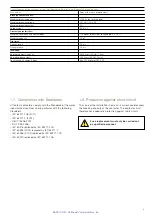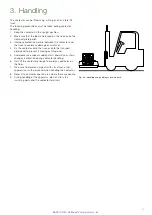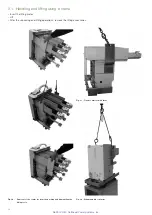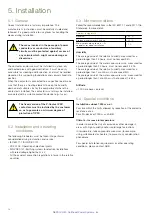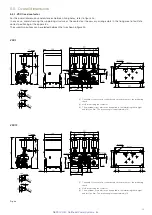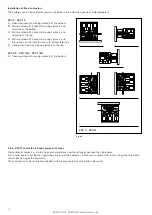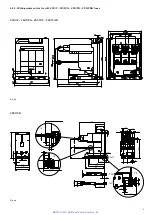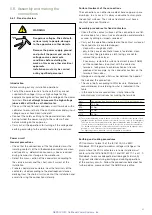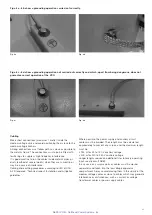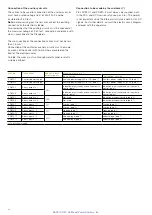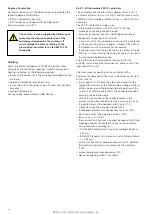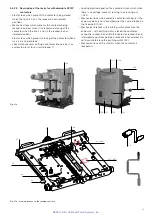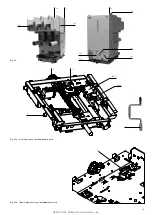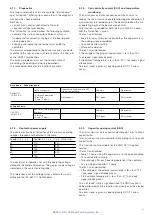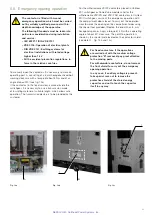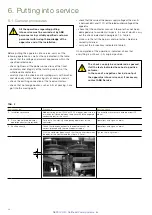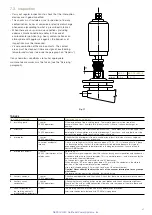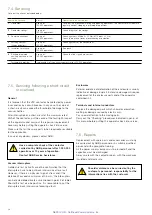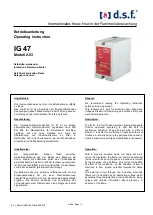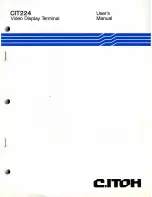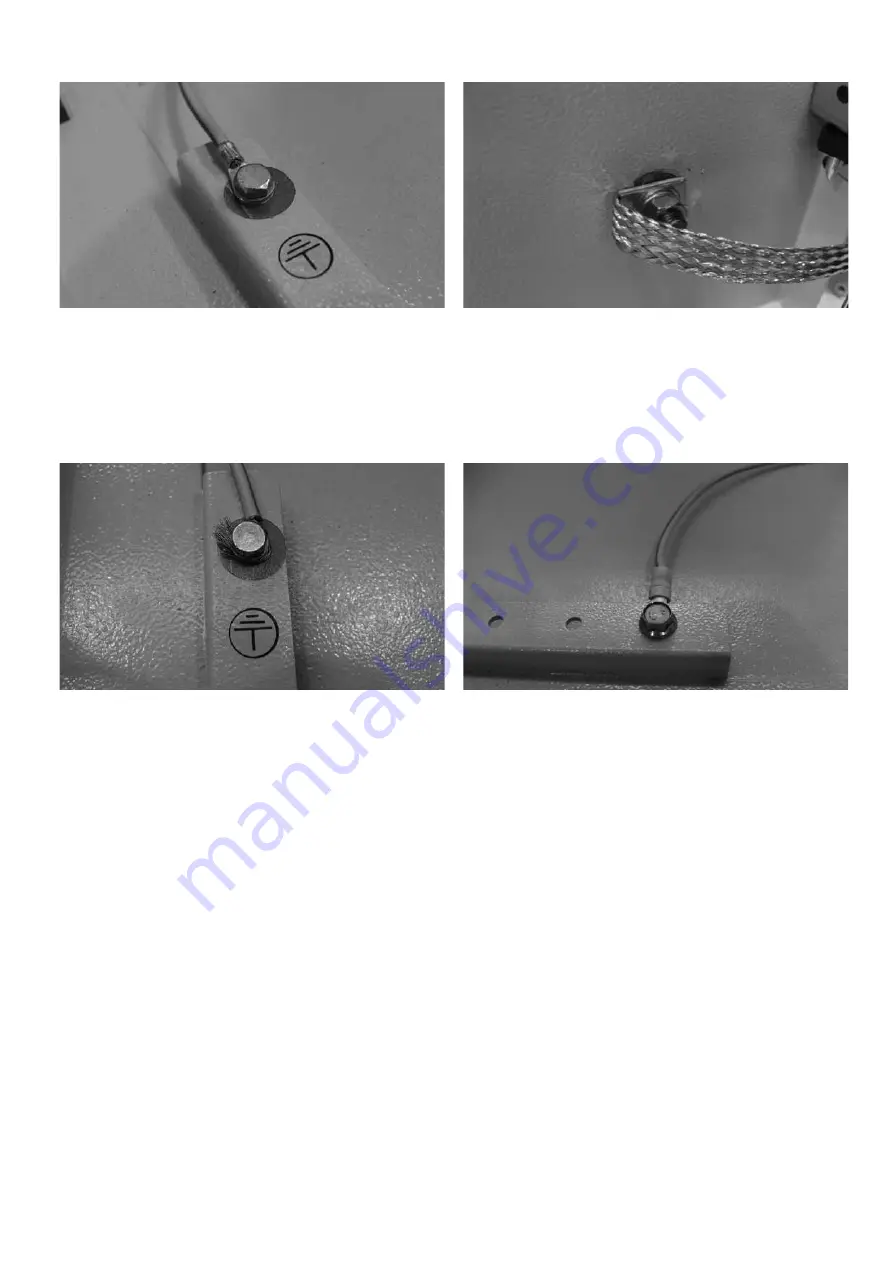
23
Cabling
Make short connections (maximum 1 metre) inside the
medium voltage units and avoid positioning them close to the
medium voltage busbars.
All long connections must follow paths as close as possible to
the metallic frame. The connections must also be fitted with
ferrite rings to suppress high frequency interference.
It is good practice to run the cables inside metallic pipes or
ducts (earthed at several points) when they are subject to or
may be a cause of interference.
Cabling and earthing procedures according to IEC 61000-
5-2 Standards: “Technical report: Installation and mitigation
guidelines”.
Fig. 8a
Fig. 8b
Fig. 8c
Fig. 8d
Figs. 8a - 8b show a grounding operation carried out correctly.
Figs. 8c - 8d show a grounding operation not carried out correctly and which, apart from being dangerous, does not
guarantee correct operation of the VSC.
Where possible, the power supply and auxiliary circuit
cables must be braided. Their length must be calculated
appropriately to prevent any surplus and the maximum length
must be:
• 135 m for 24 to 130 V auxiliary voltage
• 400 m for 220 to 250 V auxiliary voltage
Longer lengths require an additional filter for every operating
input used (consult ABB).
In any case, any surplus parts of cables must be wound
separately and taken into the low voltage apparatus
compartment. Always avoid placing them in the vicinity of the
medium voltage cables or close to cables which may generate
interference or disturbances, such as current or voltage
transformer cables or power supply cables.
NEPSI.COM - Northeast Power Systems. Inc.

